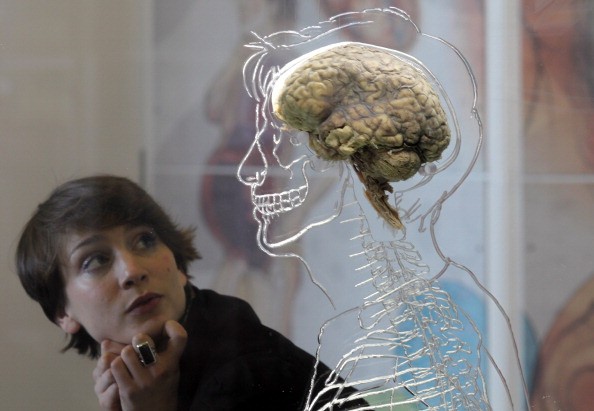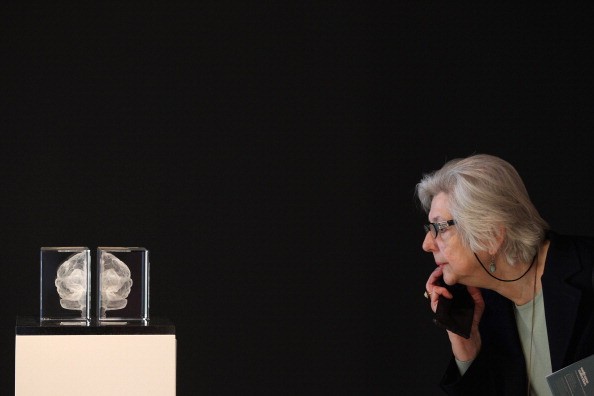Scientists developed another wireless chip that can be surgically implanted into the brain similar to Elon Musk's Neuralink. They claim that the new technology can stimulate brain cells using only light and electric current.

Also Read : CRISPR-Based Genome Editing Can Damage or Delete an Entire Chromosome in Embryos, Study Warns
The new chip was already tested in rats. Since it is designed for use as a research tool, the study showed promising results.
"Our goal was to create a research tool that can be used to help us better understand the behavior of different regions of the brain, particularly in response to various forms of neural stimulation," said Yaoyao Jia, North Carolina State University's assistant professor of electrical and computer engineer. via Tech Xplore.
The research's corresponding author added that the new technology will help scientists and other researchers to answer fundamental questions and lead to different advances in addressing neurological disorders, such as Parkinson's disease, and Alzheimer's.
New chip's two features
According to NC State's latest report, the new chip has two features. The new 5x3 mm2 wireless brain chip, which has an integrated power receiver coil, can be powered by an applied electromagnetic field.

The second feature is the chip's trimodal ability. This means that it can perform three different tasks. This kind of state-of-the-art neural interface chips can perform two activities. These are stimulating the brain by introducing a small electrical current into the tissue and detecting those regions' signals to read their neural signals.
The chip's optical stimulation
The new technology can also shine light onto the brain tissue. This ability is called optical stimulation. However, before it works, the chip needs to make targeted neurons respond to specific wavelenghts of light, which can be done by modifying them.
Jia explained that when the researcher use electrical stimulation, the chip will have less control over where the electrical current travels. The scientist added that this can be solved using optical stimulation since it makes the brain chip more precise, thanks to the modified neurons. However, she noted that the neurons should only be the ones the scientists want make sensitive to light.
For more news updates about new brain chips and other bio-technologies, always keep your tabs open here at TechTimes.
Related Article : Scientists Can Now EDIT Your Brain Using the New Gene-Hacking Injection
This article is owned by TechTimes,
Written by: Giuliano de Leon.
ⓒ 2025 TECHTIMES.com All rights reserved. Do not reproduce without permission.




